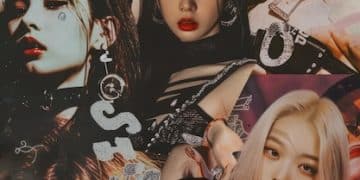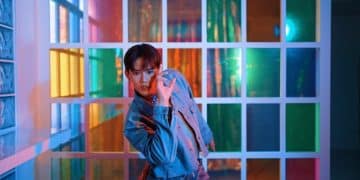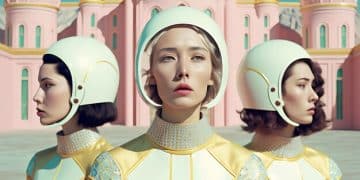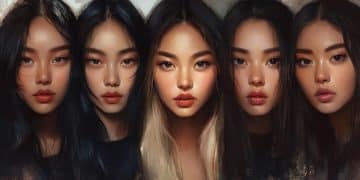Top 5 K-Drama Villains Ever, Ranked by Fans!

Ranking the Top 5 K-Drama Villains of All Time by Audience Poll reveals which antagonists Korean drama fans love to hate the most, showcasing their impact and memorable performances.
K-dramas are known for their compelling storylines and unforgettable characters, and often the villains steal the show. Let’s dive into a fan-voted ranking the Top 5 K-Drama Villains of All Time by Audience Poll, exploring why these antagonists are so captivating.
The Reigning Kings (and Queens) of K-Drama Evil
K-drama villains are more than just obstacles for the protagonists; they are complex characters that add depth and intrigue to the narrative. They challenge the heroes, drive the plot, and sometimes, even garner a strange sort of admiration from viewers.
Why We Love to Hate Them
It’s a curious thing how we can become so invested in characters we’re meant to despise. K-drama writers excel at crafting villains with understandable motivations. These are some elements that contribute to their appeal.
- Intricate Backstories: Reveals the reasons behind their villainous behavior.
- Captivating Performances: Actors masterfully portray evil with nuance.
- Moral Conflicts: Villains often blur the lines between right and wrong.
Ultimately, it’s the skillful writing and superb acting that transform these characters from mere antagonists into cultural icons.
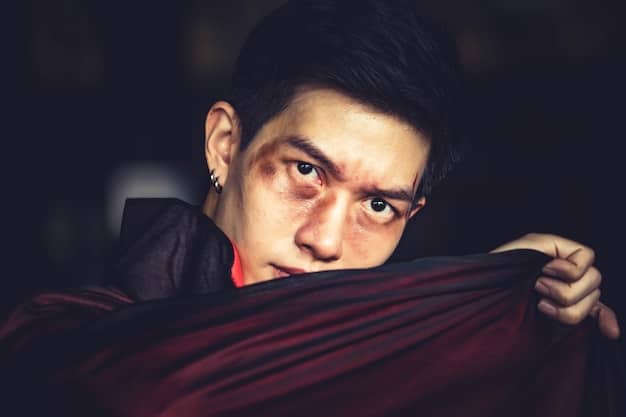
#5: Lee Jae-kyung from “My Love From Another Star”
Coming in at number five, Lee Jae-kyung from “My Love From Another Star” is a chilling example of cold, calculated evil. Played by Shin Sung-rok, this character is the epitome of a villain you love to hate.
Lee Jae-kyung is not your run-of-the-mill bad guy. He’s intelligent, wealthy, and utterly ruthless in his pursuit of power and maintaining his family’s image. His calm demeanor, paired with his horrifying actions, makes him a truly terrifying presence.
What Makes Him So Memorable?
- His Creepy Ring: A symbol of his cold-blooded nature.
- His Calm Demeanor: Hiding a monster beneath a composed facade.
- His Obsession: Willing to do anything to protect his secrets.
Lee Jae-kyung’s unique blend of charm and cruelty ensures his place as one of the most memorable K-Drama villains.
#4: Jang Joon-woo / Jang Han-seok from “Vincenzo”
Landing the fourth spot is Jang Joon-woo, also known as Jang Han-seok, of “Vincenzo.” Ok Taecyeon delivered a remarkable performance as this multifaceted villain.
Initially appearing as a naive intern, Jang Joon-woo’s true, sinister nature is slowly unveiled. He is an ambitious and power-hungry leader who commands a corrupt corporation with an iron fist. His unpredictable behavior keeps viewers constantly on edge.
The Layers of His Villainy
Jang Joon-woo’s impact stems from these points.
- Dual Identity: The shocking reveal of his true character.
- Psychopathic Tendencies: His lack of empathy and sadistic pleasure.
- Ruthless Ambition: Willing to sacrifice anyone for his goals.
Blending humor with homicidal tendencies, Jang Joon-woo’s character is both captivating and terrifying.
#3: Mo Tae-goo from “Voice”
Mo Tae-goo from “Voice” secures the third position on our list, renowned for his terrifying presence and unsettling crimes. Kim Jae-wook’s portrayal of this character is undeniably unforgettable.
Mo Tae-goo is a serial killer with a chillingly calm demeanor. He commits heinous acts without remorse, making him exceptionally frightening. His wealth and social standing allow him to evade justice, further amplifying his menace.
Why He’s Still Spooky
The aspects that make him special are:
- Terrifying Calmness: His lack of emotion when committing crimes.
- Cruel Methods: The brutal and disturbing nature of his actions.
- Unfettered Privilege: Using his wealth to escape accountability.
Mo Tae-goo’s haunting presence has cemented his place as one of the most disturbing villains in K-Drama history.
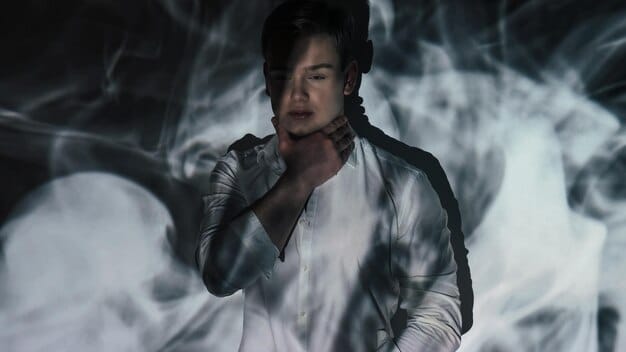
#2: Lady Mishil from “Queen Seondeok”
Taking the second spot is Lady Mishil from “Queen Seondeok.” Go Hyun-jung’s performance of this character transcends the typical portrayal of a K-Drama villain.
Lady Mishil is a powerful and ambitious royal concubine who stops at nothing to seize control of the kingdom. Her intelligence, political savvy, and manipulative nature make her a formidable opponent, even earning her some level of reluctant respect from viewers.
Her Enduring Appeal
Lady Mishil is considered special for some key reasons.
- Political Genius: Outsmarting her rivals with strategy.
- Charismatic Leadership: Inspiring loyalty through her presence.
- Tragic Depth: Hints of vulnerability beneath her ruthless exterior.
Lady Mishil is more than a villain; she is a force of nature, making her one of the most iconic characters in K-Drama history.
#1: Park Jae-sang from “Crash Course in Romance”
Topping our list, Park Jae-sang from “Crash Course in Romance” is recognized for his deeply rooted complexities and relatable struggles, despite his actions. Jung Kyung-ho’s compelling portrayal adds layers to this multifaceted character.
Park Jae-sang, a renowned math instructor, appears successful on the surface but harbors intense pressure and desperation beneath. His drive to protect his reputation leads him down a dark path, blurring the lines between victim and villain.
The Complexity Defined
Park Jae-sang has these characteristics:
- Relatable Struggles: His experiences with societal pressures resonate with many
- Moral Ambiguity: The audience is left questioning whether he truly is evil.
- Compelling Narrative: His story evokes sympathy and condemnation.
Park Jae-sang challenges the conventional definition of a villain. His actions stem from deep-seated insecurities and societal pressures. This makes him the most captivating and talked-about K-Drama villain of all time.
| Key Element | Brief Description |
|---|---|
| 🎭 Shin Sung-rok | Played Lee Jae-kyung in “My Love From Another Star”. |
| 😈 Villains’ Motivation | Complex backstories drive villainous actions. |
| 🔪 Kim Jae-wook | Played Mo Tae-goo from “Voice” as serial killer. |
| 👑 Go Hyun-jung | Played Lady Mishil in “Queen Seondeok”. |
Frequently Asked Questions
▼
Memorable K-Drama villains usually have complex backstories, captivating performances from the actors, and motivations that blur the lines between right and wrong. Their actions often have a profound impact on the story.
▼
Popularity often stems from the actor’s ability to make the villain relatable or even sympathetic. A well-written villain adds depth and complexity to the drama, making it more engaging for viewers.
▼
Writers focus on giving the villain a clear motivation, even if it is twisted. They also create situations where the villain’s actions challenge the protagonist in meaningful ways, enhancing the overall narrative.
▼
While K-Drama villains are fictional, they often draw inspiration from real-world issues and societal pressures. This makes their actions feel more grounded and relatable, even when extreme.
▼
K-Drama villains drive the plot forward by creating conflict and challenges for the protagonists. They force the heroes to grow and evolve, making the story more dynamic and engaging for the audience.
Conclusion
The charm and appeal of these villains underscore the skill of K-drama writers and actors in crafting characters that evoke strong emotions. These villains have left an indelible stamp on viewers. From scheming heiresses to vengeful ex-husbands, the villains make K-dramas more fascinating and memorable.
